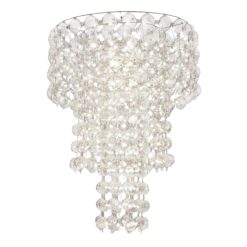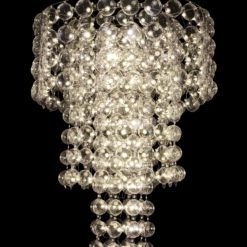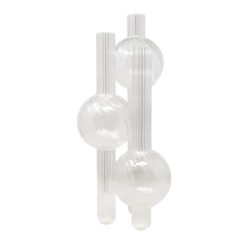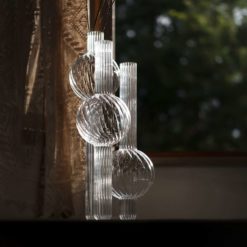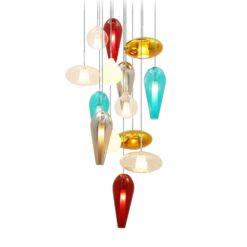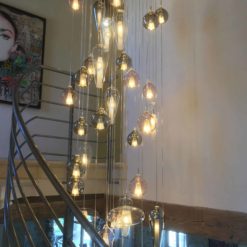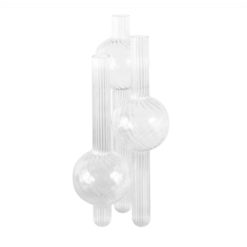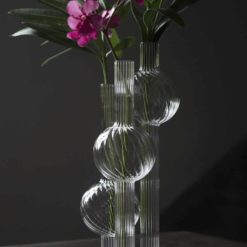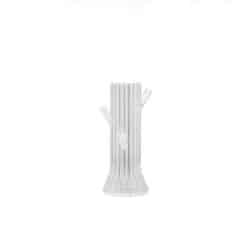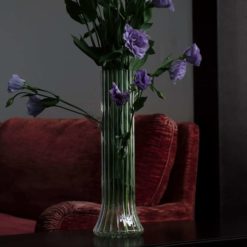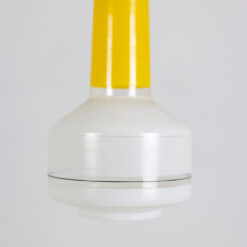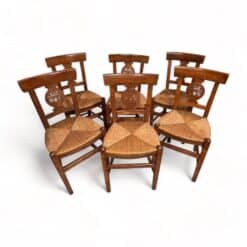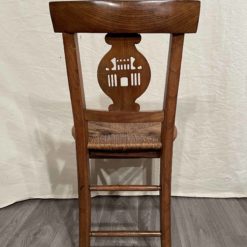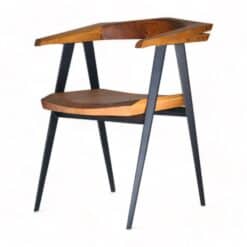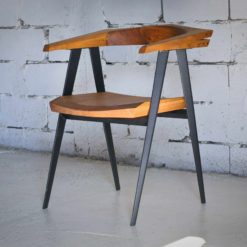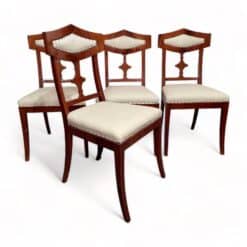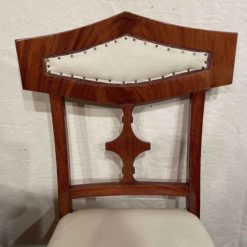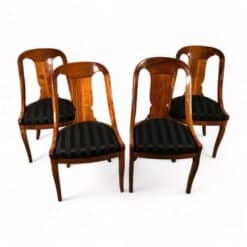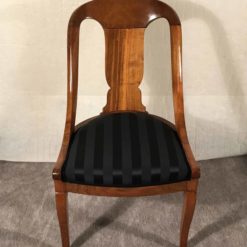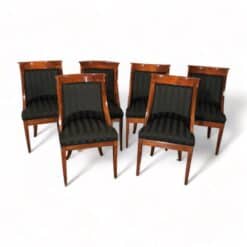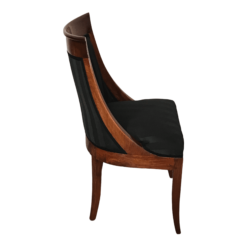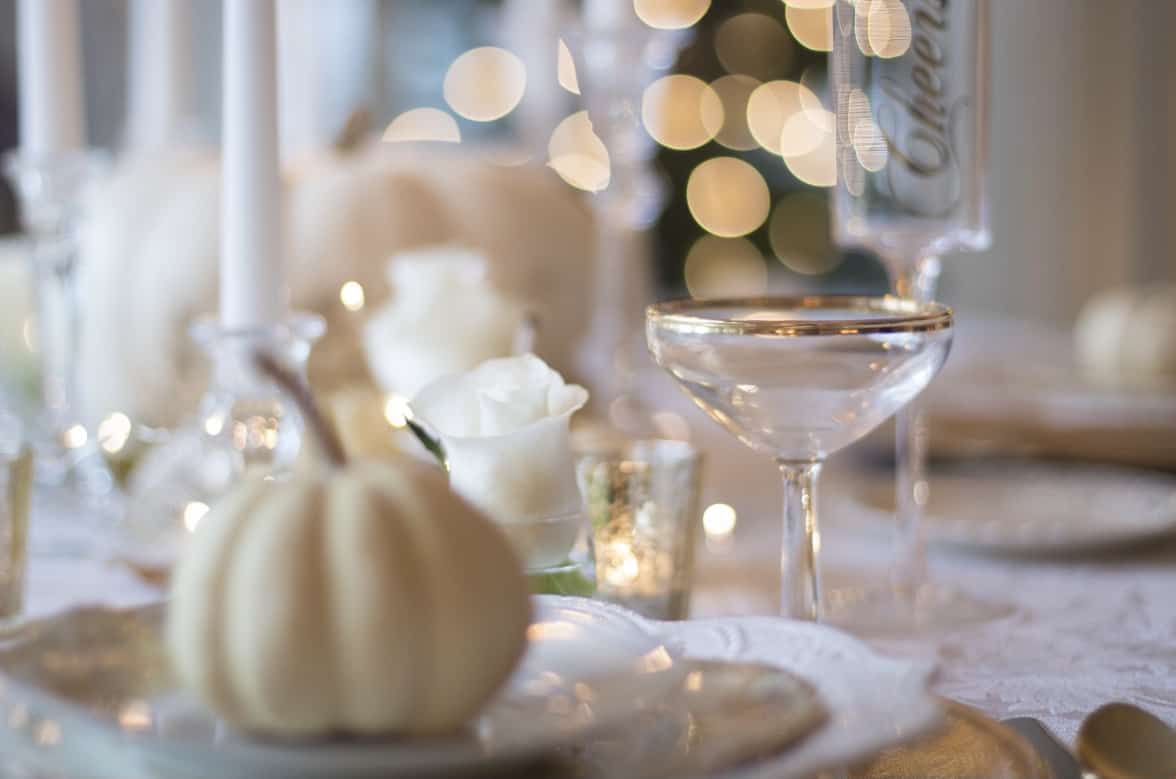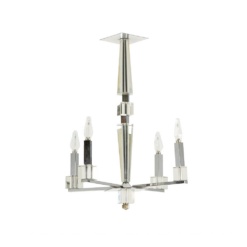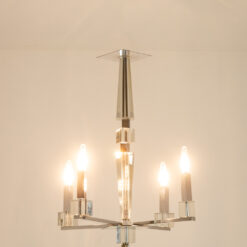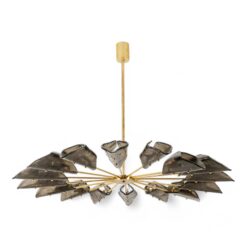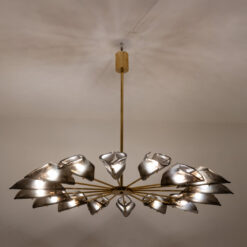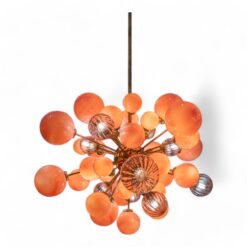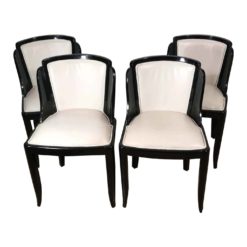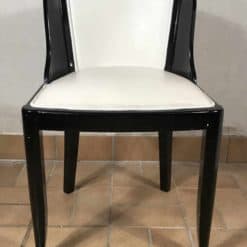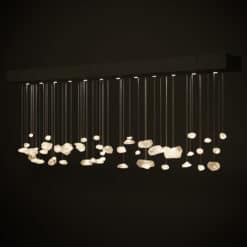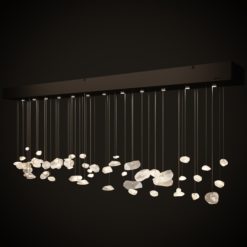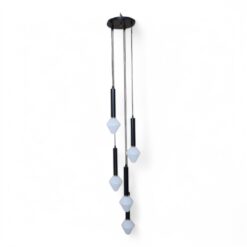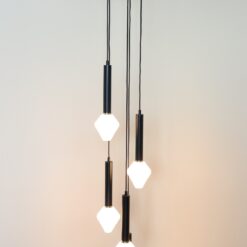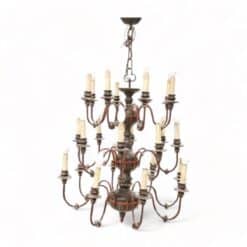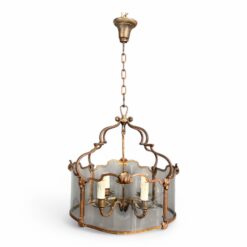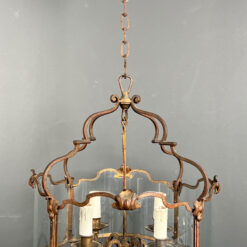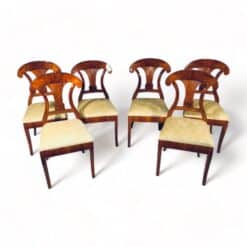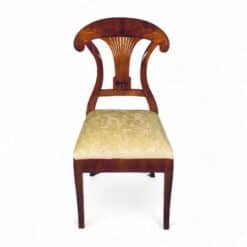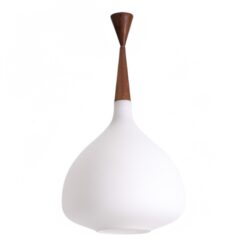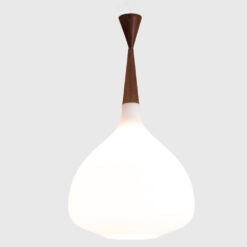Best Sellers
Biedermeier, How-To & Inspiration, Style
Antique and Modern: Designing a Radiant Dining Room
The mission of Styylish has always been to combine the antique and modern in unique, individually pleasant ways. There’s nothing quite like the conversation between a historical artifact and a contemporary piece of artisanal design.
In today’s blog, we want to begin an in-depth exploration of how to combine antique and modern pieces in each room of your house. Last week, in our exploration of art deco interior design, we suggested Art Deco pieces suitable for various rooms. Starting today, we aim to combine pieces from any era into a cohesive suggestion for design. Our aim is to showcase how wonderful the combination of antique and modern can be.
In the spirit of the approaching holiday season, we begin with the dining room – because what’s more important during this time of year than shared meals? From a table and chairs, to lighting, décor, and more, see how we combine pieces from various design periods, and be inspired to try it yourself!
So sit back and let your imagination run wild as we enter the dining room.
Antique and Modern Dining Room
The Table
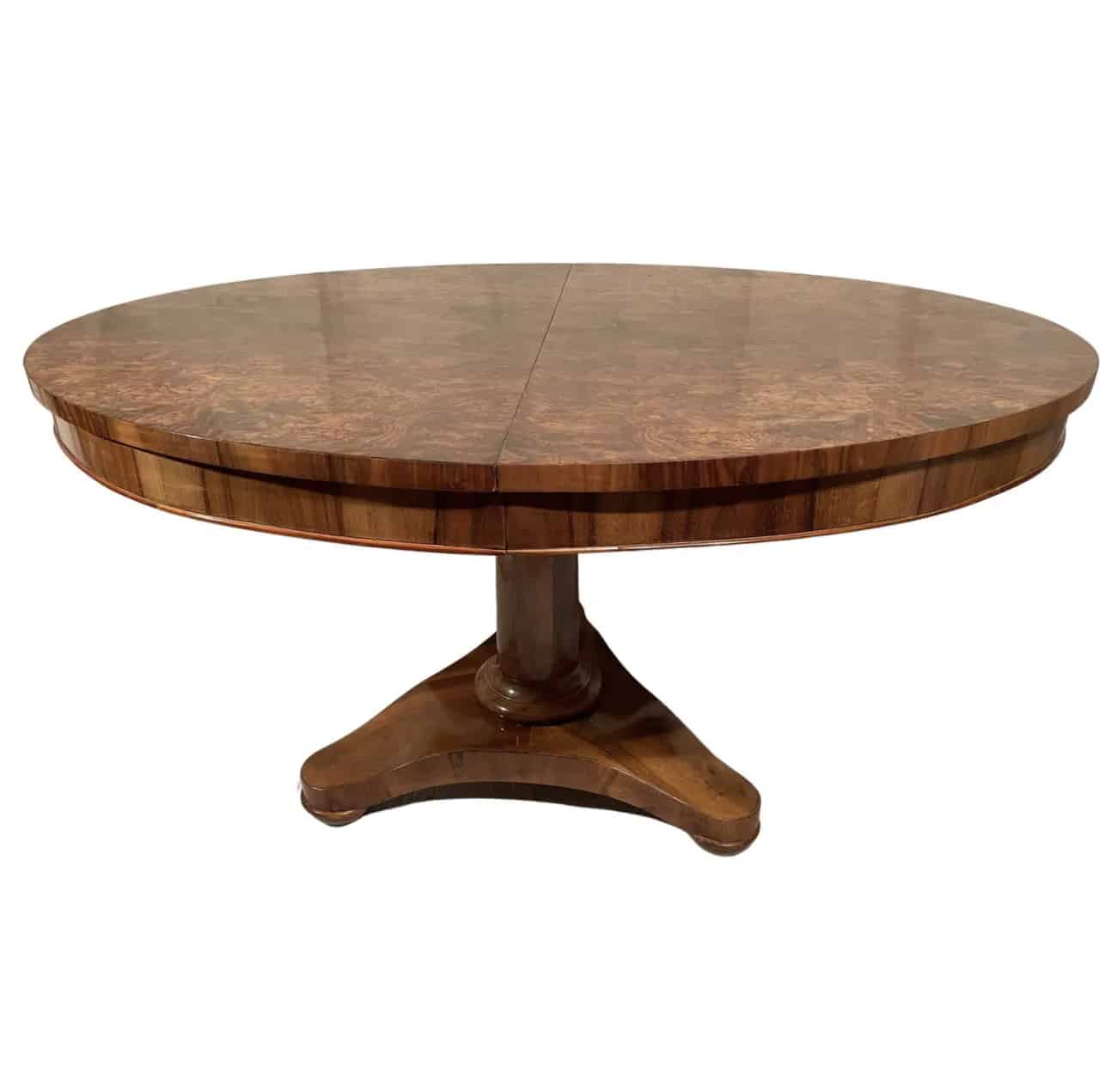
The heart of every dining experience is the table itself. And in our virtual exploration of this room, it’s the first thing that catches your eye. On days without guests, this Extendable Biedermeier Dining Room Table is just handsome, oval, and elegant, taking up no more space than any small oval table.
The reason we’ve chosen it to be the centerpiece of our dining room is both its Biedermeier neutrality and its extendibility. The Biedermeier style, a 19th century furniture movement for the burgeoning middle class, delights with simple wood tones and unadorned surfaces. It nevertheless appears spectacularly decorative from a modern perspective because of its elegant wood grain, naturally showcased in the veneer.
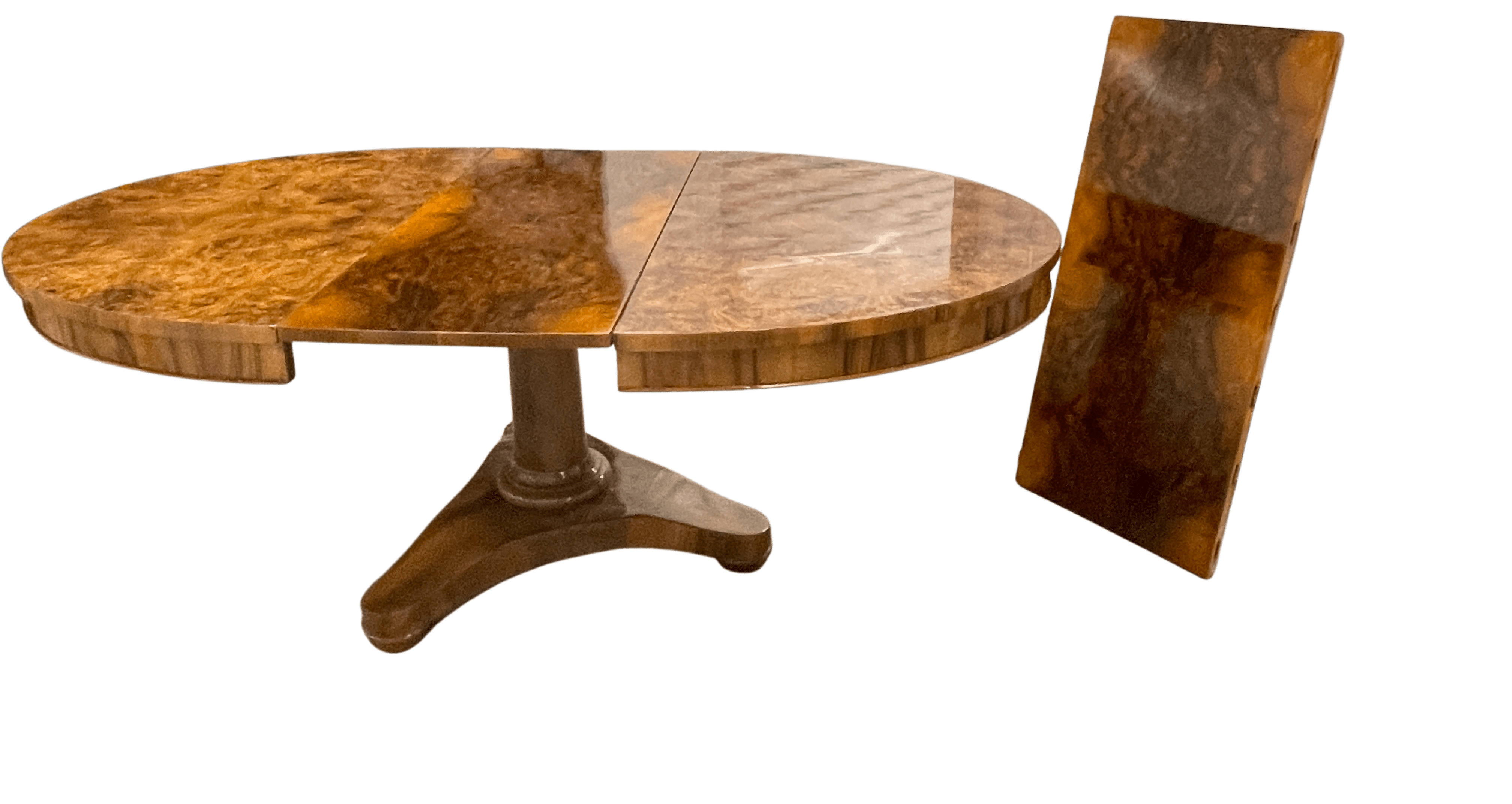
And it is, in fact, extendable. On festive days, or other days of gathering, the table includes three extendable plates that expand it significantly. Where once stood an oval table for four to five people maximum, there now stands an impressive piece with room for at least ten people.
For today, the table is extended and set with light modern placemats, porcelain plates and silver utensils. Against the depth of the brown table, those modern, but classic, elements shine brighter than in other settings.
The Chairs
All around the table is something truly spectacular. A matching set of ten Biedermeier Chairs, virtually very hard to find, because chairs usually are found in sets of four or six. We’ve chosen Biedermeier chairs with the Biedermeier table because they offer a perfect bridge between the wood tones of the chairs and table, and the rest of the pieces we’ve selected today.
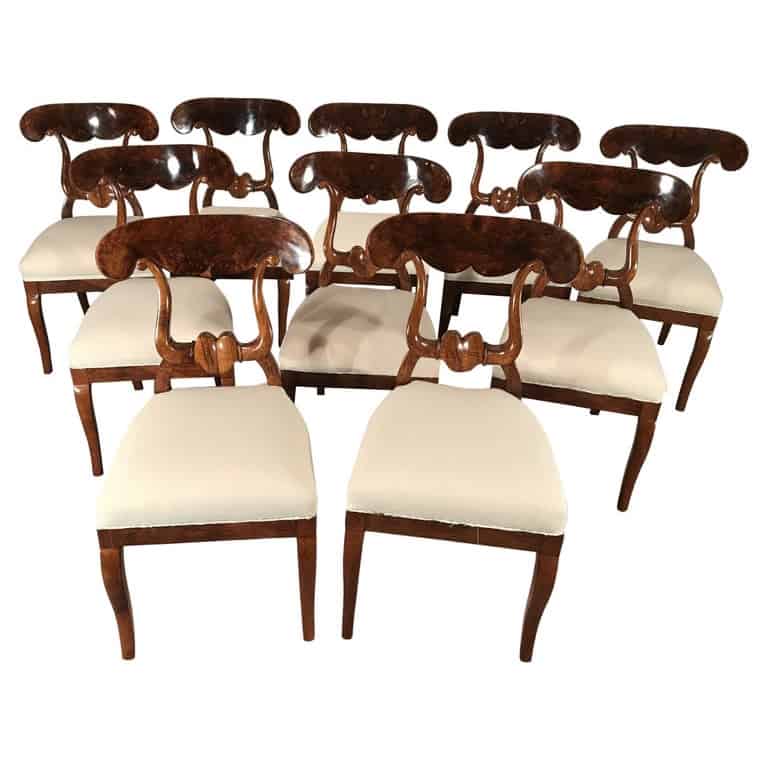
Not only are they a complete set, but they are also breathtakingly beautiful. A traditional “oxen head” design embraces the Biedermeier philosophy fully. There are no Baroque ormolu adornments or even ebonized columns. But the swirling wood, even in its simplicity, offers a refined charm that’s hard to beat.
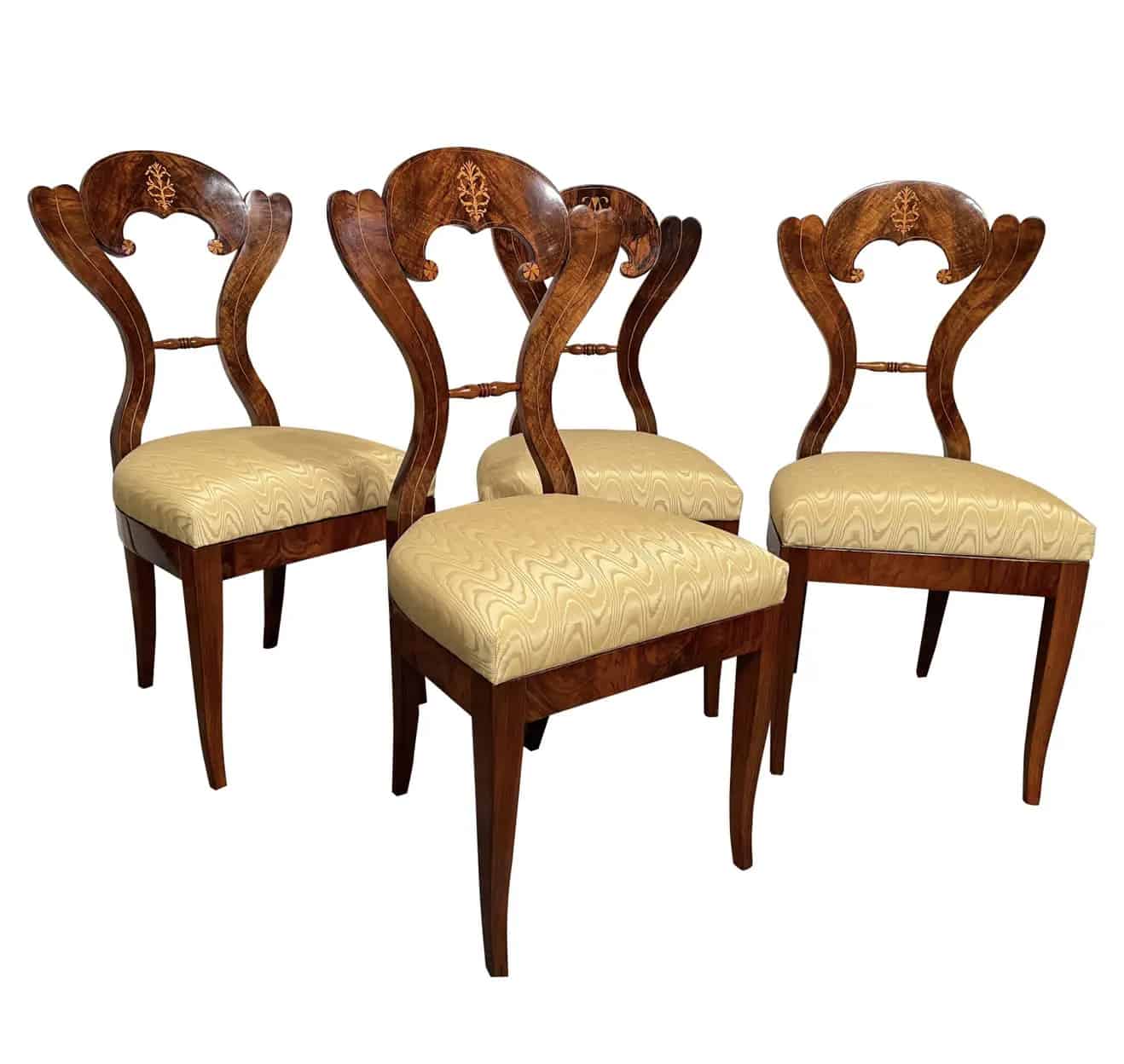
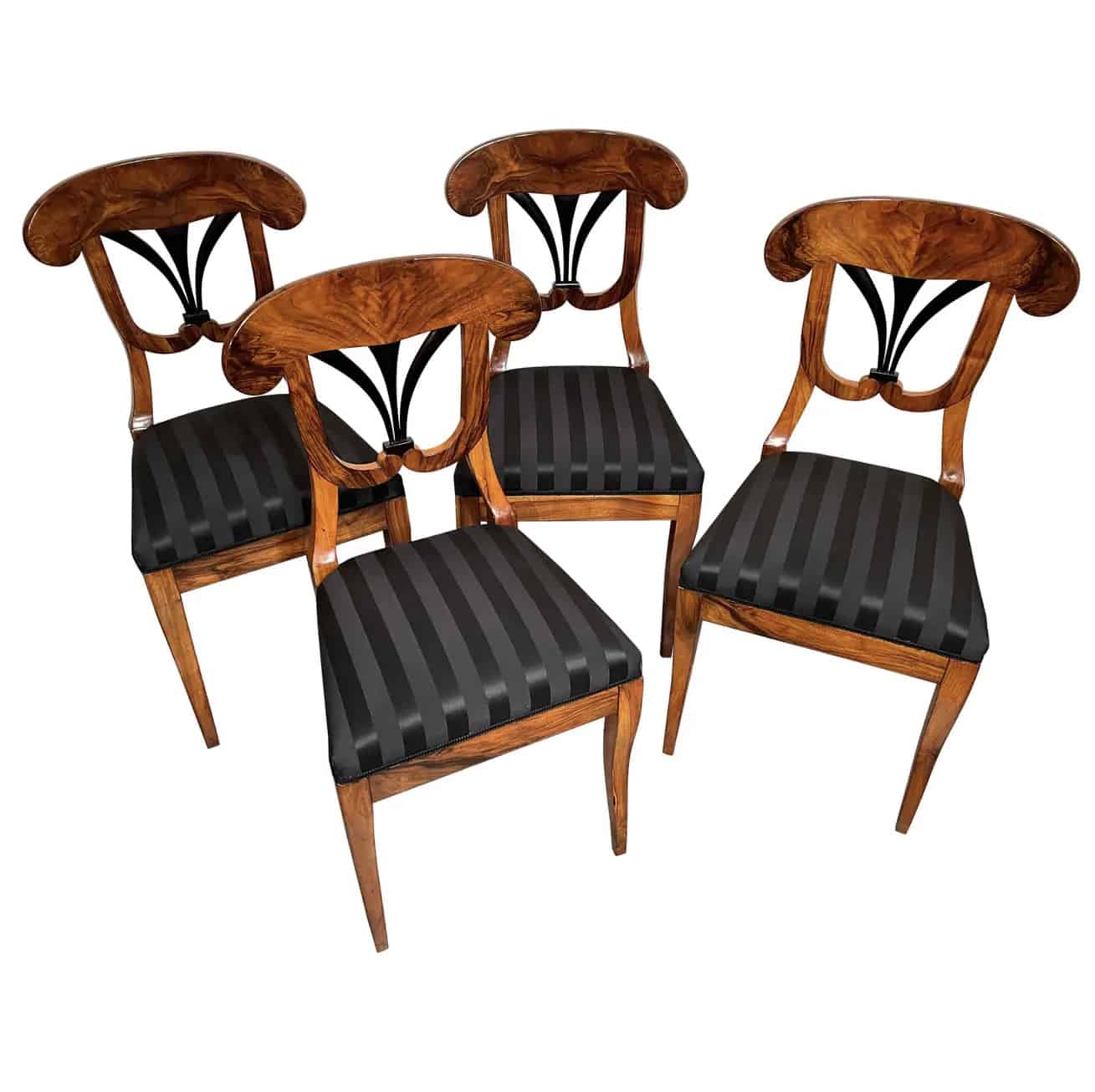
Uniquely, this set of chairs still needs a new fabric to span over its original upholstery and frame. If you’re interested in acquiring one of the only sets of ten original Biedermeier chairs, your input will be invaluable when it comes to choosing a classic, but updated fabric.
Consider some of the other fabrics we have chosen for Biedermeier chairs on Styylish, and you’ll see opportunities for contrast. We can go dark, to create an atmosphere of cool elegance, or very light, to create interplay between the modern place settings and any glass objects in the room.
The Sideboard
Key to the choice for chair fabric is the word “contrast”. For any fan of Art Deco style, the importance of contrast should be clear. With this Art Deco Side Board, we make a drastic departure from Biedermeier, while still staying in the same room.
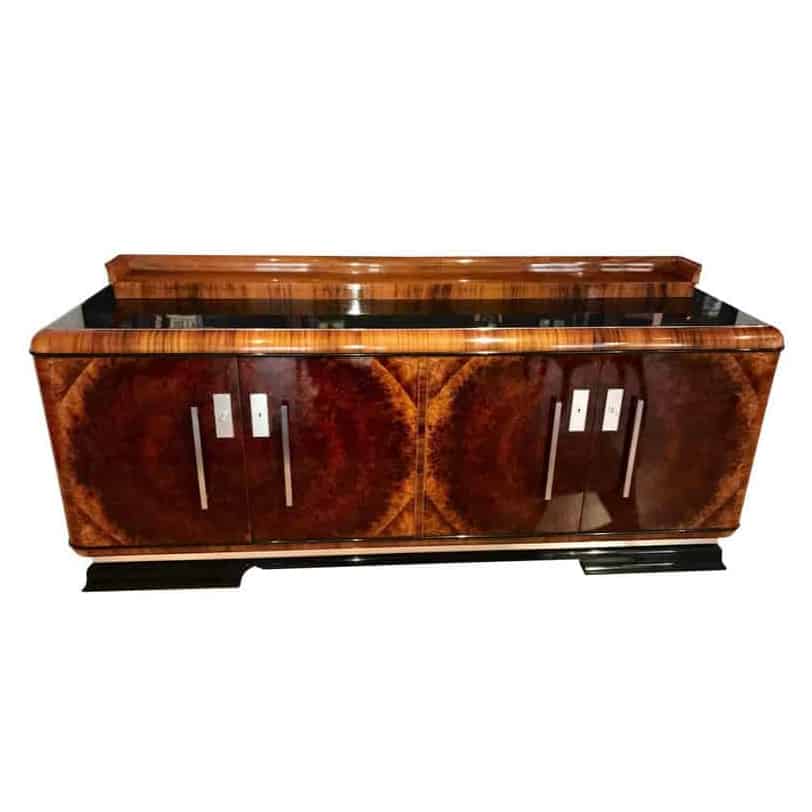
A sideboard in the corner or against the wall of a dining room offers space to place serving platters that don’t fit on the table, for instance. And when you’re not hosting, this beautiful piece offers heaps of storage space for your favorite plates and utensils.
When you consider Art Deco and Biedermeier as styles, you find only disagreement. The latter is a handcrafted style for a new middle class, the former an industrially-inspired style for the urban elite.
Yet, there is something about this particular sideboard that works unexpectedly well with the Biedermeier furniture. The dark wood opines a remarkably well-characterized wood grain. It immediately recalls the grain and wood shades of the table and chair backs.
At the same time, it’s a much more modern piece, featuring a chrome rim and handles that represent a stylistic departure from Biedermeier. Just like that we’ve created a conversation. Furniture pieces combining antique and modern sensibilities form the basis of a cohesive room.
The Vase
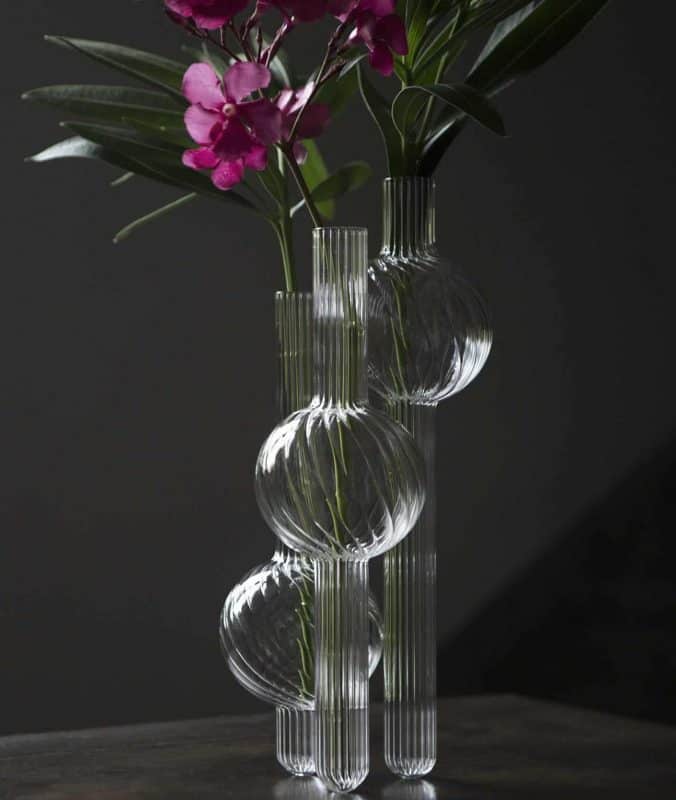
Now that our primary furniture fills the room, we can have fun with modern objects. The contemporary vase “Dervish,” from Italian designers Kanz Architetti is a breathtaking reinterpretation of a flower, full of stems and buds in unexpected places.
On a regular day, this vase might rest centrally on our round table. It works beautifully against the dark wood of Biedermeier and a creative tablecloth, for instance. On a day like today, where our table is set and extended, the Dervish might be placed on our Art Deco sideboard, with which it shares certain Modernist qualities, particularly curved corners and edges.
The Chandelier
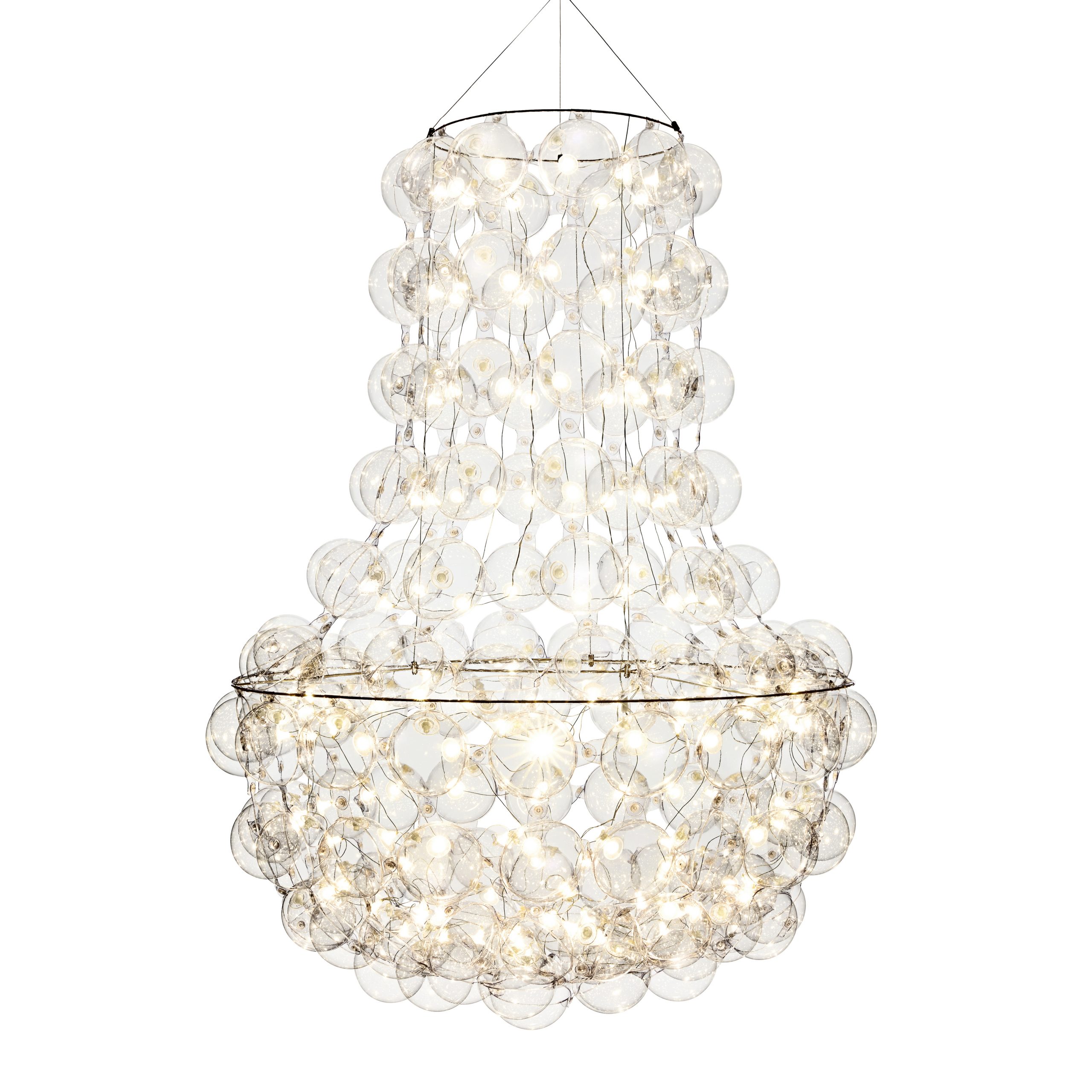
What would a dining room be without an ostentatious ceiling lamp above the table? For this imaginary room, we’ve chosen the Ceiling Lamp “Queen”, from Polish designers Puff-Buff. It’s an ultra-contemporary reinterpretation of a very classic ceiling chandelier. In eco-modern design, it’s made entirely from recycled materials, and practically overflows with personally.
If there is one piece to die this room of objects from across time and space together, it’s this lamp. Shaped after one that might have adorned the palace of Louis XIV but made from materials that would never have been used before the 21st century, it’s the bridge that connects the antique and modern, our ends and beginnings.
The Room as a Whole
See it in your mind’s eye: The Dervish vase and Queen Chandelier catch the brightness of the Art Deco sideboard’s chrome handles and either reflect or contrast the fabric chosen for your chairs. The wood tones across the room connect in color and focus on wood grain.
Amidst all of this, the festivities have already begun. You’ve dressed your table in light colors that stand boldly against the dark wood. Pine branches might be draped across the tablecloth. You’ve arrived home, in a room that defies and embraces tradition in completely unique ways.
For more inspiration for how pieces from across styles can be combined, browse the Styylish catalog. And remember that as long as you see the harmonic connection between antique and modern pieces, others will, too.

